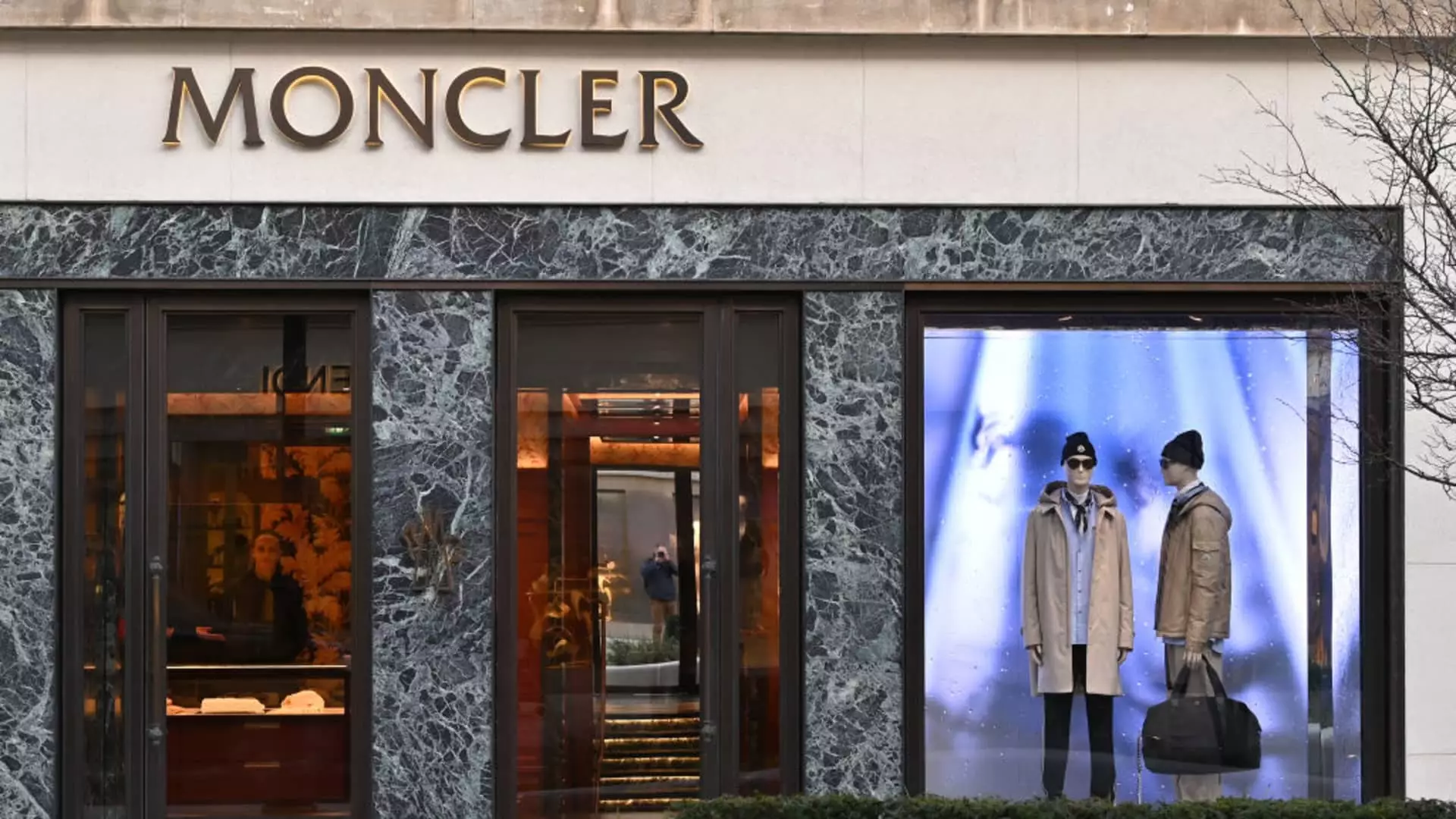In the high-stakes world of luxury fashion, brands like Moncler project an image of unwavering resilience, a symbol of exclusivity and status. Yet, a closer look reveals that even the most celebrated labels are vulnerable to the unpredictable tides of global economic forces. Moncler’s recent financial disclosures expose a fragile balancing act—raising prices marginally to counteract tariffs while grappling with overarching economic weaknesses that threaten to destabilize its growth trajectory. The assumption that slight price hikes can offset tariff impacts is overly simplistic; it glosses over the deeper, systemic issues plaguing the luxury sector in today’s geopolitical climate. The company’s candid acknowledgment of potential delays in expansion plans signals an unsettling reality: the luxury market’s veneer of strength is cracking under economic strain, and the optimism of continued growth might be misplaced.
Price Hikes as a Double-Edged Sword
Moncler’s strategy of implementing “very slight price increases” seems, on the surface, a savvy response to rising input costs and tariffs. The company’s leadership hopes to cushion the blow without alienating its core clientele. However, this approach is inherently risky. Luxury consumers—though often seen as resilient—are not immune to economic shifts. When prices rise, especially in a climate of economic uncertainty, customers may reconsider their purchasing habits, postponing or abandoning planned acquisitions. Roberto Eggs, Moncler’s chief business strategist, admits that consumer reactions to current pricing are a concern. A more conservative approach to future price hikes might be wise, yet it underscores the fragile line Moncler treads: balancing profitability with customer loyalty. The luxury market’s dependency on perception and identity amplifies the risks of alienation when prices climb, no matter how slightly.
Economic Headwinds and Corporate Strategy in Flux
The fundamental challenge Moncler faces extends beyond tariffs and into the murky waters of macroeconomic instability. Weakening global economies, fluctuating currency values, and shifting consumer confidence create an unpredictable landscape for luxury brands. Moncler’s cautious stance on its expansion plans—delaying store openings in 2026—exposes a broader truth: growth is becoming increasingly dependent on external economic stability. The company’s flexibility in postponing new store openings is not just a prudent strategic move; it is a recognition that luxury retail cannot ignore the external environment. The luxury sector often prides itself on its resilience; yet, the recent dip in sales in key markets like Europe and Asia reveals that the sector is not immune to recession or geopolitical shocks. The dip in Asian sales, in particular, highlights the risks of over-reliance on booming markets that can turn volatile overnight.
Market Realities Versus Brand Myths
Moncler’s modest 1% fall in revenues during the second quarter underscores a harsh reality: even resilient brands are vulnerable in a downturn. The U.S. market, which accounts for only 14% of sales, showed some uptick, but the motives behind increased purchasing—such as shopping ahead of tariffs—are questionable at best. This “preemptive buying” could merely be a short-term fix, masking underlying weaknesses in sustained demand. Similarly, the stagnation in Asia and decline in EMEA point to the broader issue: the luxury consumer’s loyalty is fragile, susceptible to macroeconomic shifts and tourist flows. The company’s reliance on partnerships, like Nordstrom, highlights an attempt to bolster demand, but these are mere band-aids in a sea of larger structural challenges.
Moncler’s current predicament unearths a disconcerting truth about the fragility of luxury markets under economic duress. The brand’s reliance on minor price adjustments and cautious expansion reveals a deep uncertainty about future stability. While the luxury sector often projects an image of invincibility, the truths exposed by Moncler’s recent performance suggest an underlying vulnerability. In an era marked by economic turbulence and geopolitical upheaval, even the most iconic brands must confront the harsh reality: resilience is often an illusion, and adaptation is paramount. For consumers and investors alike, this signals a need for skepticism—trusting in luxury’s enduring allure must be tempered by awareness of the volatile world it operates within.

